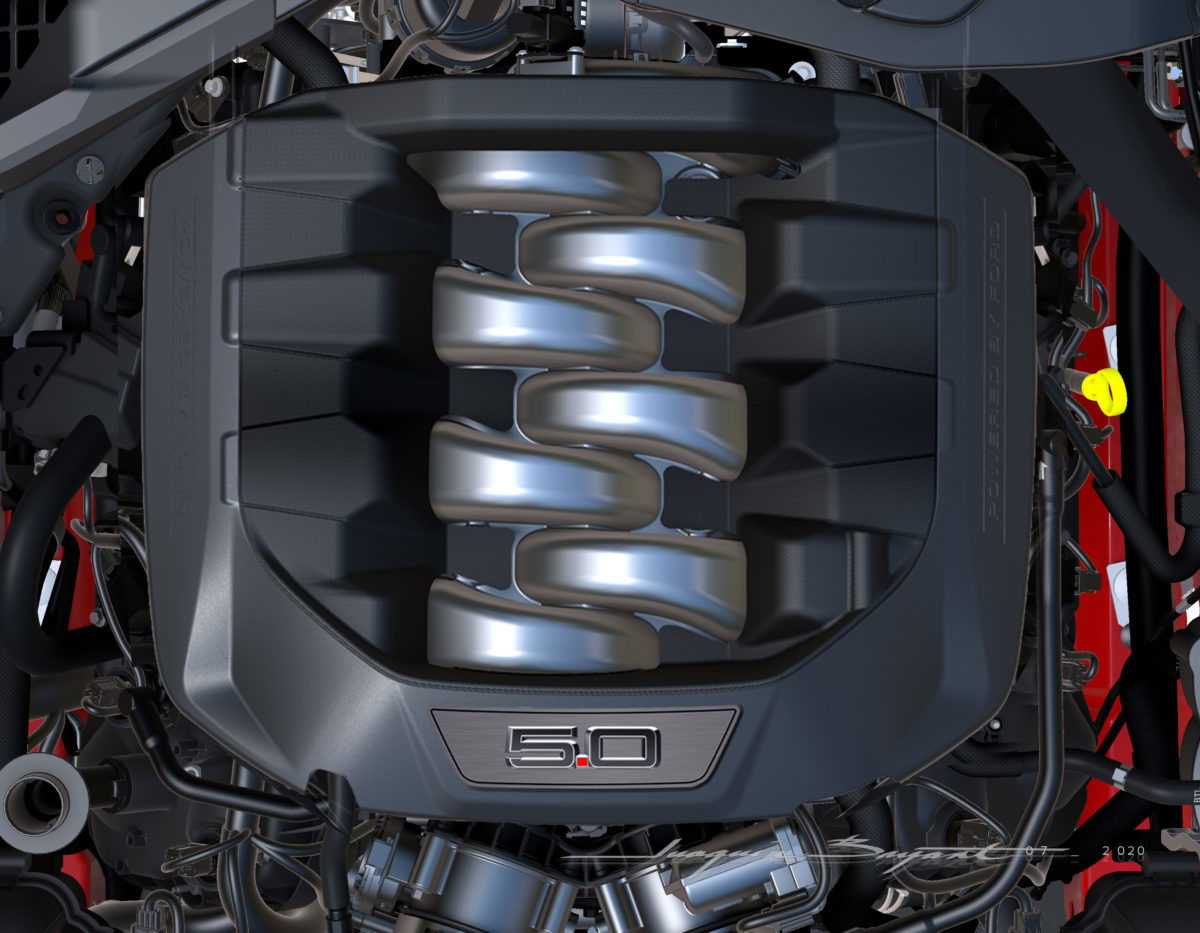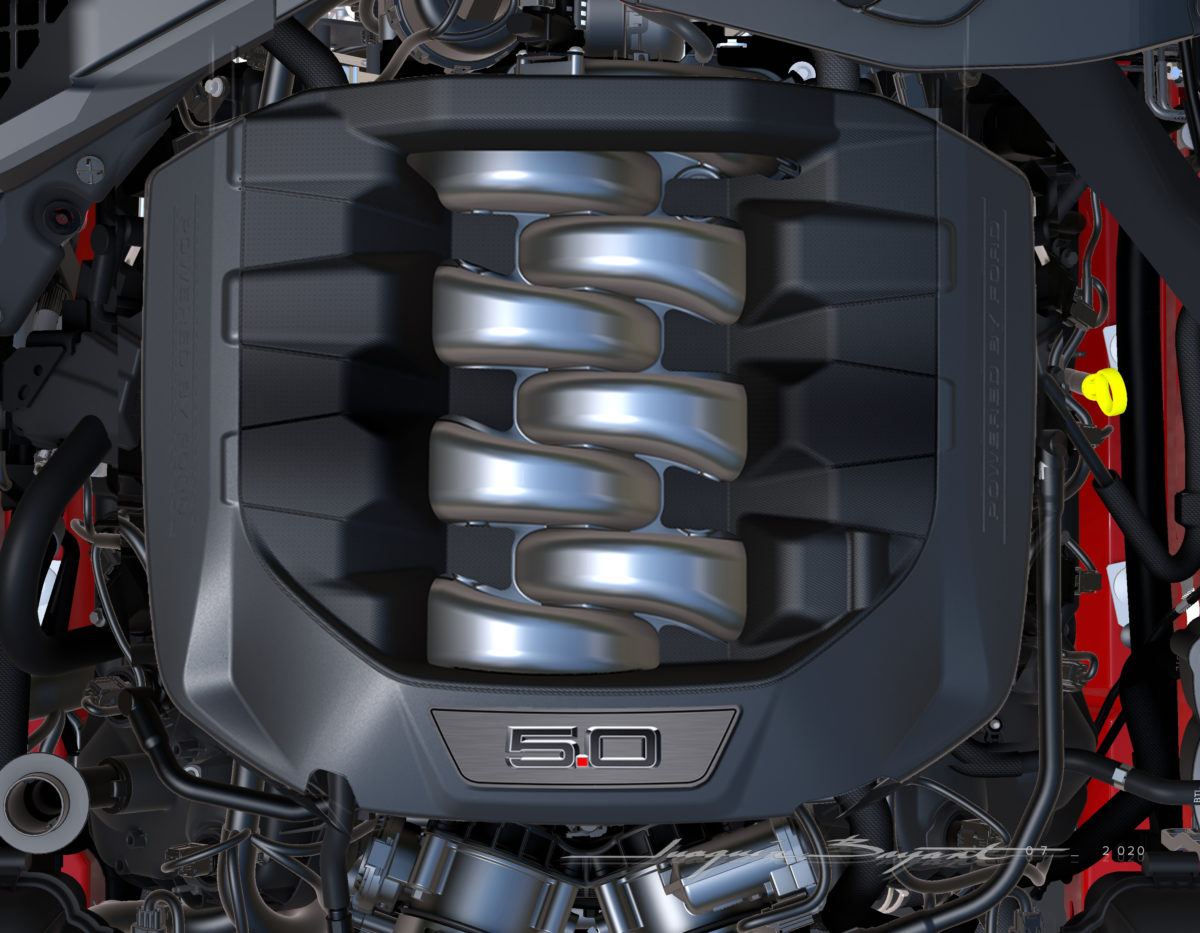

Once upon a time, at a meeting at Brisbane airport in February 2020, a key component in the blueprint for Gen3 was agreed upon; specifically, that there would be a single ‘spec’ Category Engine available for all the race cars regardless of the body utilized.
This would not, however, preclude a manufacturer who wished to see its car competing from putting forward its own engine for its own use – but only on the basis that such a motor would be strictly benchmarked against the Supercars unit.
Such an approach would have been a direct replication of the methodology employed by TOCA, as the organisers of the British Touring Car Championship, successfully since 2011.
So, if, for instance, a team was able to build a Gen3 car with, let’s say, a Mercedes C-Class Coupe body, there would have been the potential for such a car to use the Supercars Engine rather than having to develop something specific for that car at, probably, great expense.
By way of an example of this, the Toyota Gazoo Corolla entries in the BTCC have been using the unbranded TOCA engine – an engine supplied by M-Sport who also run the Ford World Rally Championship program.
The consensus reached in February 2020 was that the best base for the Supercars Category Engine would be the Ford Coyote unit – without branding – as this is freely available to purchase both as a complete engine and also in component form. Moreover, there was local experience with the use of the engine in MARC cars as well as the S5000 single-seater category.
Therefore, through the winter of 2020, the plan was to use a suitably developed version of the Coyote as the Category Engine for Gen3.
At the same time, whilst Ford was apparently already committed to Gen3 (no surprise given the great success of the Mustang road car in Australia), and as I have previously written about, negotiations were continuing between Supercars and GM concerning the use of the Chevrolet Camaro body.
Having succeeded in the quest to obtain the use of General Motors’ IP for Gen3, we then broached the subject of the engine that would be used in the Camaro race car. We received tacit approval from GM to use the Supercar Category Engine on the basis that it would be unbranded. That would have enabled the whole grid – Mustangs and Camaros – to use an identical power unit, given that no team had a credible plan to run any other brand.
It’s worth noting at this point that all the manufacturers represented in the NASCAR truck series (Ford, GM and Toyota) use a common unbranded engine, so this is not a new concept.
And then the bombshell came. In October 2020, Ford told Supercars that they would not entertain allowing the use of a Coyote-based engine in anything other than the Mustang if they were going to actively support the category.
Given that a cornerstone of Gen3 was, and remains, reducing the cost of the engines (including engine maintenance) used in Supercars this was a blow to the program.
Meanwhile, the tooling for the existing GM Supercars engine blocks and heads was way past its sell-by date, thereby precluding even a short term carry over solution for Gen3. A new GM engine would have to be sourced or developed.
As there was no will to reduce engine RPM in Gen3 (staying with the 7,500rpm limit enabled the preservation of existing gearing, noise levels etc), the off-the-shelf GM LS engines, with their hydraulic pushrod valve gear, simply weren’t a viable solution. These units weren’t designed to operate at such engine speeds.
Moreover, Ford made it very clear that they wouldn’t tolerate a 6.2-litre GM engine competing against the Coyote in any form.
Hence, in the coming months, while the mighty Ford Performance operation in the USA actively supported the development of a derivative of the Coyote for the Gen3 Mustang, a bloke in a small but very neat factory in Queensland worked on coming up with a GM alternative.
That bloke was, and is, Ken McNamara, owner of KRE Race Engines in Redlands Bay, one of the great unsung heroes of Australian Motorsport. Not only has KRE been the most successful Supercars engine builder over the last 15 years, they are also prolific Sprint Car power unit suppliers.
Although GM Racing in Pontiac, Michigan, gave KRE advice and selected components, the engine we see and hear in the Camaro Gen3 race has been built and developed entirely by Kenny Mac. Furthermore, all that work has been funded by him and his wife. To date, the result has been an exemplary example of Aussie graft and experience that has measured up pretty well to the might of the Ford Motor Co.
The KRE developed 5.7-litre Camaro power unit was born from necessity after Ford refused to allow the use of the Coyote across the category. Whilst I’m personally very happy as a fan to see and hear the two different engines being used in Gen3 today, it’s hard to compute just how much time and money would have been saved by the category and the teams if one common motor was in every Gen3 car today.
Of course, in that instance some folk would have that much less to bitch about when it comes to parity…
Read the previous Roland’s View here.





















Discussion about this post